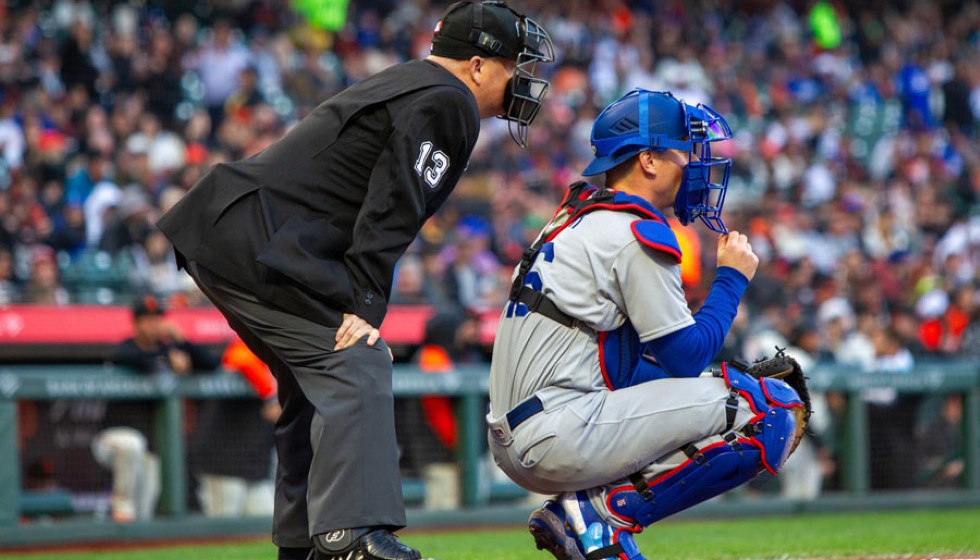
The dawn of 2025 in baseball has brought about a period of transformation and strategic recalibration across the league. With a large number of top-tier free agents having found new teams, the offseason has been anything but quiet. Seven of the top 10 and 25 of the top 50 free agents have already inked new deals, a clear indication of the shifting sands within Major League Baseball.
Nolan Arenado: A Pivotal Figure
Among these developments, Nolan Arenado stands as a central figure. The St. Louis Cardinals' star blocked a trade during the offseason, a decision that has implications for both his future and the team’s strategic direction. Despite owing the third baseman $64 million over the next three years, the Cardinals, who are entering a strategic "reset" phase, might consider shifting Arenado to first base to facilitate a potential trade. His versatility in the infield could be pivotal in assessing his market value and potential suitors.
Financial Maneuvering and Team Dynamics
The Cardinals are not the only team navigating complex financial landscapes. The San Diego Padres face an estimated competitive balance tax payroll of $248 million for 2025. This is critical for their roster management, especially in the wake of the passing of owner Peter Seidler late last year. How the Padres handle their financial constraints will be critical in maintaining their competitive edge.
Elsewhere, the Chicago White Sox and Miami Marlins see arbitration shaping the financial commitments of players like Luis Arraez and Dylan Cease, projected to earn around $14 million each. These financial considerations showcase the careful balance teams must maintain between talent acquisition and budgetary limits.
Dissecting Key Contracts
In the world of multi-million dollar contracts, Sonny Gray and Ryan Pressly’s agreements stand out. Gray is owed $65 million over the next two years, while Pressly, with his $14 million price tag and a no-trade clause, remains a staple in discussions regarding strategic moves. Marcus Stroman’s $18 million contract for 2025 lacks no-trade protection, adding another layer to potential trade negotiations.
Notable Trades and Transactions
The trade circuit has seen its share of notable movements as well. The Corbin Burnes trade on February 1 last year set off a cascade of expected rotation changes, reshaping the pitching strategies for several teams. Furthermore, the Luis Arraez and Pablo López deal from two years prior continues to impact their respective teams, demonstrating the lingering effects of blockbuster trades.
Youth and Potential
Emerging talent adds an exciting dimension to the evolving baseball landscape. Brett Baty, at 25, is poised to make a significant impact, capturing the attention of both fans and scouts. His performance in the upcoming season could be a critical factor for his team as they look to leverage youthful talent in their roster strategy.
Organizational Challenges
Amid these strategic decisions and financial considerations, organizational challenges such as the Diamond Sports Group bankruptcy have left teams like the Minnesota Twins grappling with unforeseen impacts. Such external factors underscore the unpredictability and complexity of maintaining a competitive baseball franchise.
In this ever-changing environment, teams are forced to make calculated decisions that balance potential talent gains with fiscal responsibility. As the narrative unfolds during the 2025 season, it becomes increasingly clear that each decision, whether involving financial maneuvering, player trades, or contractual agreements, echoes across the league, shaping its future with each calculated move.
Ken Kendrick succinctly captures the essence of high-stakes decision-making, remarking on the costly potential of missteps by stating, "Biggest mistake this season from a talent standpoint."
The coming months will reveal how these intricate pieces come together to define the season and perhaps even the next era in Major League Baseball.